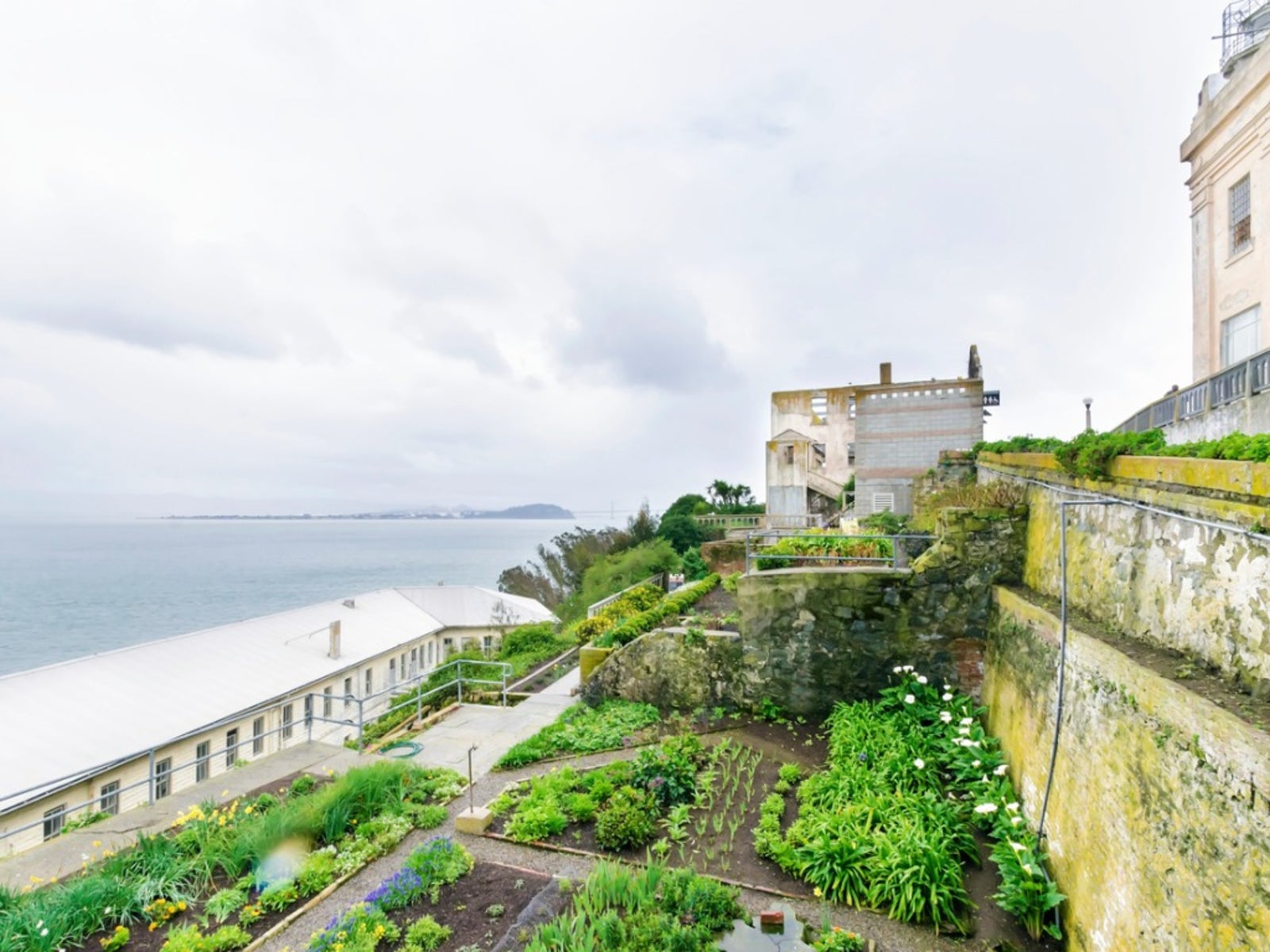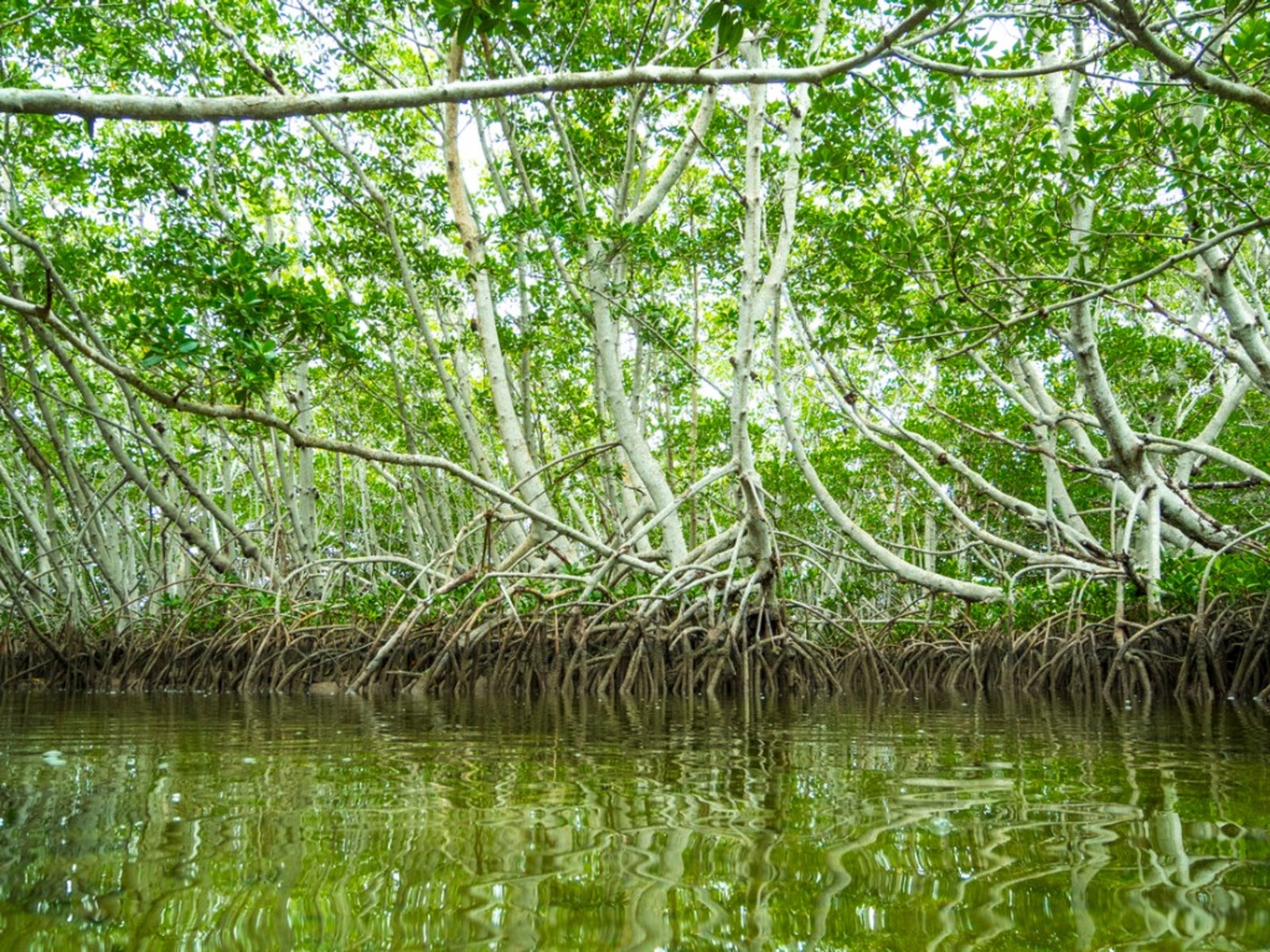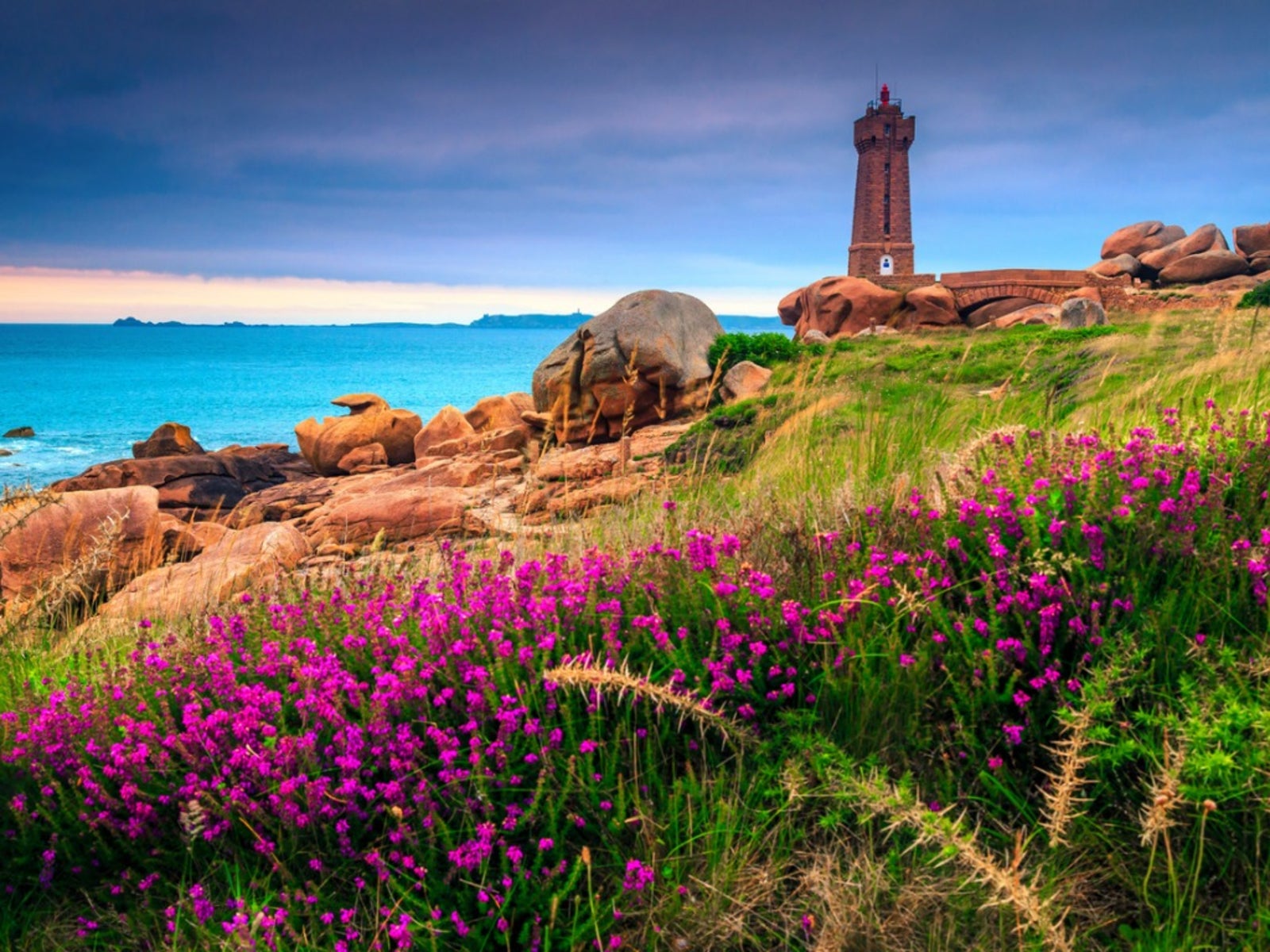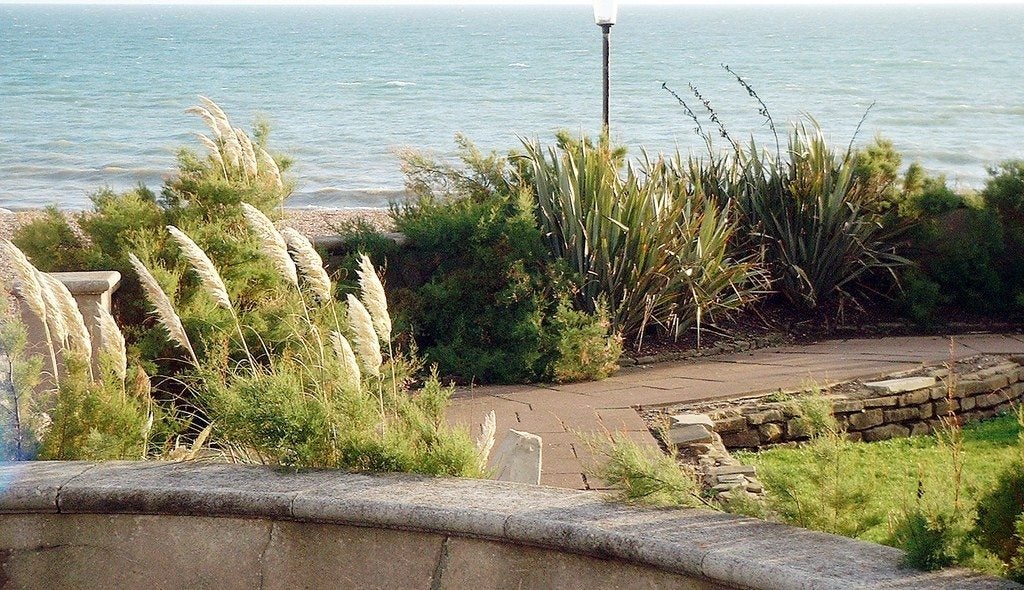Seaside Vegetable Garden: Tips For Growing Vegetables On Coast


One of the biggest challenges when trying to grow a coastal garden is the salt level in soil. Most plants have little tolerance to high levels of salt, which acts upon them much like salt on a slug. The sodium draws moisture out of the plant and it can burn roots. However, it is possible to have a lush, productive veggie garden by the sea if you choose tolerant varieties and amend your soil with plenty of organic matter. You should also protect the plants from salt spray with a cloche, row cover, or hedge of tolerant plants. Seaside vegetables grow just as well as those inland with a little planning and effort.
Raised Seaside Vegetable Garden
One foolproof method of growing vegetables on coast areas with high levels of salt is to make a raised bed. Raised beds warm up faster than ground level soil and are easy to cover to protect from salt spray. Fill the bed with purchased garden soil amended with compost. This will start out low in salt, providing a more hospitable environment for baby vegetable plants. Seaside vegetables are no different in care from those grown elsewhere. Situate the bed in full sun and provide adequate water for fruiting and vegetable production. Watch for pests and keep the bed covered with a row cover.
Growing Vegetables on Coast Soils
If you are determined to plant in your existing soil, dig down at least 9 inches (23 cm.) and work in compost. This increases drainage and nutrient levels. Then water deeply prior to planting to help leach any of the trapped salt down deeper into the earth. Provide fresh water for at least a week before planting young plants to help the salt percolate down to a level where it cannot damage the roots. Also, choose plants that do well in your zone. In order to give your baby plants a good chance of survival, choose varieties noted for some salt tolerance. Corn will not perform well at all where coastal spray and winds bring in salty brine. Many of the cool season vegetables, such as Brassicas and Cruciforms, grow splendidly in a veggie garden by the sea.
Salt Tolerant Vegetable Plants
Plants having very high levels of tolerance and grow rapidly if given good care include:
Plants that have medium tolerance include the following:
Place these plants in amended raised beds and you will be eating a rich harvest in no time. Avoid plants like radish, celery, and beans. These types of veggies are not suited for the seaside vegetable garden. Choosing plants that have a high likelihood of success will increase your chances of a beautiful veggie garden by sea climates. Take advantage of the moist air and cooler temperatures but mild climate of most coastal zones. This creates an extended season of growing for many types of vegetables.
Gardening tips, videos, info and more delivered right to your inbox!
Sign up for the Gardening Know How newsletter today and receive a free copy of our e-book "How to Grow Delicious Tomatoes".

Bonnie Grant is a professional landscaper with a Certification in Urban Gardening. She has been gardening and writing for 15 years. A former professional chef, she has a passion for edible landscaping.
-
 Looking For Plants To Give You The Soft And Fuzzies? Try These 5 Fuzzy Leaf Plant Options
Looking For Plants To Give You The Soft And Fuzzies? Try These 5 Fuzzy Leaf Plant OptionsLovers of texture, drama, silver foliage and tactile plants will adore these special sensory garden additions. These fuzzy leaf plant options will leave you all aglow
By Susan Albert
-
 Get Ready For A Summer Of Hummers! Grow These Full Sun Hummingbird Plants and Flowers
Get Ready For A Summer Of Hummers! Grow These Full Sun Hummingbird Plants and FlowersIf you’re lucky enough to enjoy a sunny backyard, make sure you are maxing out on your pollinator opportunities and grow these full sun hummingbird plants and flowers
By Tonya Barnett
-
 What Is A Maritime Forest – Trees And Shrubs For Maritime Environments
What Is A Maritime Forest – Trees And Shrubs For Maritime EnvironmentsWhat are the most common trees and shrubs for maritime forests? Read on for info on maritime forest plants.
By Teo Spengler
-
 Seaside Gardening Issues: Common Issues Affecting Coastal Gardens
Seaside Gardening Issues: Common Issues Affecting Coastal GardensIssues affecting coastal gardens mainly stem from wind, salt spray, periodic storm waves, and shifting sand. In this article, we will tackle the question of how to handle problems with seaside gardening.
By Amy Grant
-
 Seaside Garden Basics: Planning And Maintaining Gardens Near Ocean Fronts
Seaside Garden Basics: Planning And Maintaining Gardens Near Ocean FrontsSeaside landscaping presents unique challenges. Seaside gardens call for plants that thrive in the face of adversity. The information in this article can help when planning coastal gardens.
By Jackie Carroll
-
 Best Seaside Garden Plants: Choosing Plants For A Seaside Garden
Best Seaside Garden Plants: Choosing Plants For A Seaside GardenIf you're lucky enough to live near the beach, you'll want great seaside plants to show off your garden. Choosing seaside plants is not difficult, once you learn what to look for, and this article can help.
By Becca Badgett
-
 Plants For Gardening With Salt Water Soil
Plants For Gardening With Salt Water SoilSalty soils occur when sodium builds up in the soil. Even runoff from winter salt spray can create a microclimate in need of salt resistant gardens. This article can help with choosing salt tolerant plants.
By Jackie Rhoades
-
 Seaside Gardens - Catch The Wave With Seaside Gardening
Seaside Gardens - Catch The Wave With Seaside GardeningThe natural conditions along the coast can create a hostile environment for garden plants. Seaside gardening away from these conditions also presents challenges for the gardener. Learn more here.
By Nikki Tilley